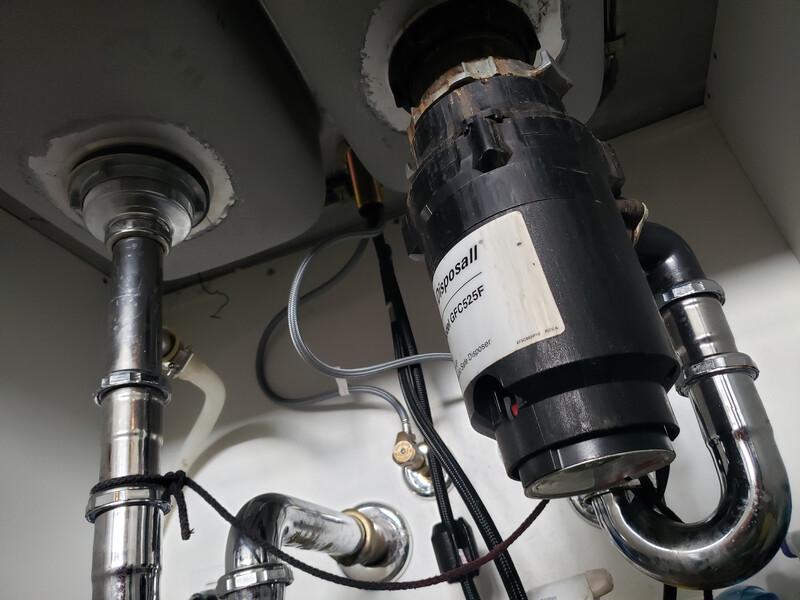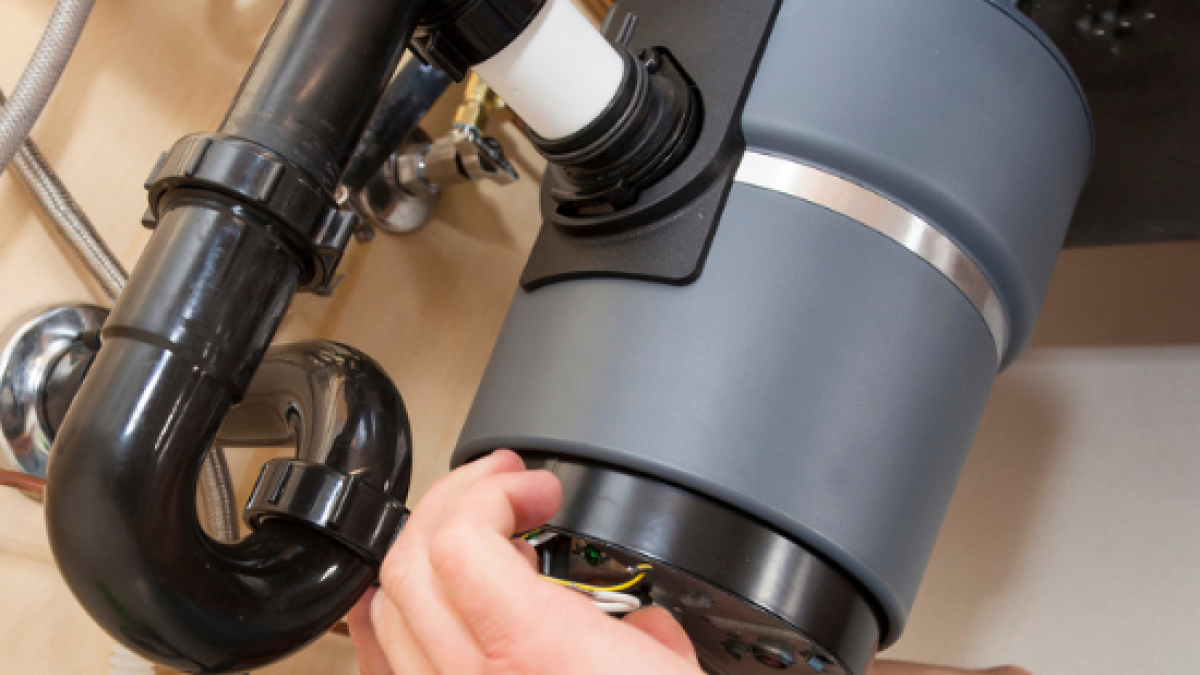Quick Ways to Repair a Leaky Waste Disposal Unit
Quick Ways to Repair a Leaky Waste Disposal Unit
Blog Article
Are you trying to find help and advice on Tips on Fixing a Leaking Garbage Disposal?

Waste disposal unit are essential kitchen area devices that help in disposing of food waste efficiently. Nonetheless, a leaking garbage disposal can be a frustrating and messy problem to handle. Thankfully, many leakages can be taken care of quickly with a few basic actions. In this article, we will review exactly how to deal with a leaking waste disposal unit properly.
Introduction
Waste disposal unit are installed under cooking area sinks and are made to shred food waste right into smaller sized pieces, enabling it to pass through the pipes system quickly. While these devices are usually trusted, leaks can happen over time because of deterioration, loose links, or damages to the unit.
Usual Reasons For Leaks in Garbage Disposals
Worn Seals and Gaskets
Seals and gaskets play an important duty in preventing water from leaking out of the garbage disposal. With time, these components can degrade, leading to leakages around the disposal system.
Loose Links
The connections between the waste disposal unit and the pipes system can become loosened gradually, creating water to leakage out during operation.
Cracks or Openings in the Disposal Unit
Physical damages to the waste disposal unit, such as fractures or openings in the real estate, can additionally result in leaks.
Identifying the Source of the Leak
Prior to attempting to deal with a dripping garbage disposal, it is essential to determine the source of the leakage. This can generally be done via visual inspection or by conducting basic tests.
Visual Evaluation
Examine the garbage disposal unit thoroughly for any indicators of water leak. Pay attention to locations around seals, gaskets, and link factors.
Examining for Leakages
One way to check for leakages is by running water through the disposal system and checking for any kind of visible signs of leakage.
Devices and Products Needed for Dealing With a Dripping Waste Disposal Unit
Prior to starting the repair work process, gather the required tools and materials, including a screwdriver, adjustable wrench, plumber's putty, replacement seals or gaskets, and epoxy or patching product for fixing fractures or holes.
Step-by-Step Guide to Taking Care Of a Leaking Waste Disposal Unit
Shut off the Power
Prior to attempting any type of repair services, make certain that the power to the waste disposal unit unit is shut off to avoid the danger of electrical shock.
Situate the Leakage
Identify the precise area of the leak and figure out the reason.
Tighten up Connections
Utilize a wrench to tighten any loosened links between the disposal unit and the pipes system.
Replace Seals or Gaskets
If the leakage is because of worn seals or gaskets, eliminate the old components and change them with new ones.
Patching Cracks or Holes
For fractures or holes in the disposal unit, use epoxy or an appropriate patching material to seal the broken location.
Checking the Waste Disposal Unit After Repair
As soon as the repair work is full, examine the waste disposal unit by running water via it to make sure that the leak has been fixed.
Preventive Upkeep Tips to Stay Clear Of Future Leakages
To avoid future leakages, it is necessary to perform normal maintenance on your garbage disposal. This consists of keeping it clean, preventing placing non-food items or tough items down the disposal, and regularly checking for leaks or various other concerns.
Final thought
Finally, repairing a dripping garbage disposal is a reasonably simple procedure that can be finished with basic devices and products. By following the actions detailed in this short article and exercising preventative upkeep, you can maintain your waste disposal unit in good working condition and avoid costly repairs in the future.
What to Do About a Leaking Garbage Disposal
A leaking garbage disposal often goes unnoticed until you confront a sopping cabinet, a foul-smelling puddle, or an audible drip-drip-drip from the unit. The fix can be frustrating, too, because the leak can stem from a number of components in the system. Fortunately, with a little sleuthing, you can zero in on the leak and—depending on the exact location—stop the icky oozing and repair the component that caused it. Worst case scenario, if it turns out that the garbage disposal must be replaced, installing a new one is a reasonable do-it-yourself task for those with basic plumbing skills. Read on to keep the cash you’d otherwise hand over to a pro.
Prepare to find the leak
Prior to testing the garbage disposal for leaks, unplug it at the wall outlet and turn off the power from the breaker box to prevent electrical shock. Then insert a watertight sink stopper into your sink drain and wipe the unit dry with a clean cloth. In any handy container, mix a few drops of food coloring into a few cups of water, and pour the dyed water onto the sink stopper to help you locate the leak.
Investigate the source
the top, where the disposal meets the sink drain the side, where the dishwasher hose or main drain pipe connects to the disposal or the bottom of the unit Inspect each of these locations while gliding a light-colored rag over the unit; the dyed water will readily show on the rag and reveal the location of the leak. If a leak isn’t immediately apparent, remove the sink stopper and pour a few more cups of dyed water down the sink drain, then check for leaks again. Leaks near the top of the unit are more likely to show themselves while the sink is plugged, while side and bottom leaks are more noticeable while the sink is unplugged.
The metal sink flange that sits directly inside the sink drain is typically sealed around the top with plumber’s putty (a clay-like sealant) and then secured from under the sink with bolts. If the plumber’s putty deteriorates, or the bolts loosen, the flange can no longer form a watertight seal between the sink drain and the disposal—which could cause a leak at the top of the unit.
To reseal the leaky flange, you must first detach the garbage disposal. Start by loosening the screws securing the main drain pipe to the disposal, then loosen the screws in the metal clamp securing the dishwasher hose to the disposal and detach the drain pipe and dishwasher hose from the disposal. Loosen the screws in the mounting ring that connects the disposal to the metal mounting assembly beneath the sink, then pull down the disposal and carefully set it on a clean, dry surface. Loosen the bolts in the mounting assembly with a wrench, then pull down the mounting assembly and set it near the disposal.

I was brought to that report about Why Is through an acquaintance on another site. Sharing is good. Helping people is fun. Thank you for going through it.
Set Up An Appointment Report this page